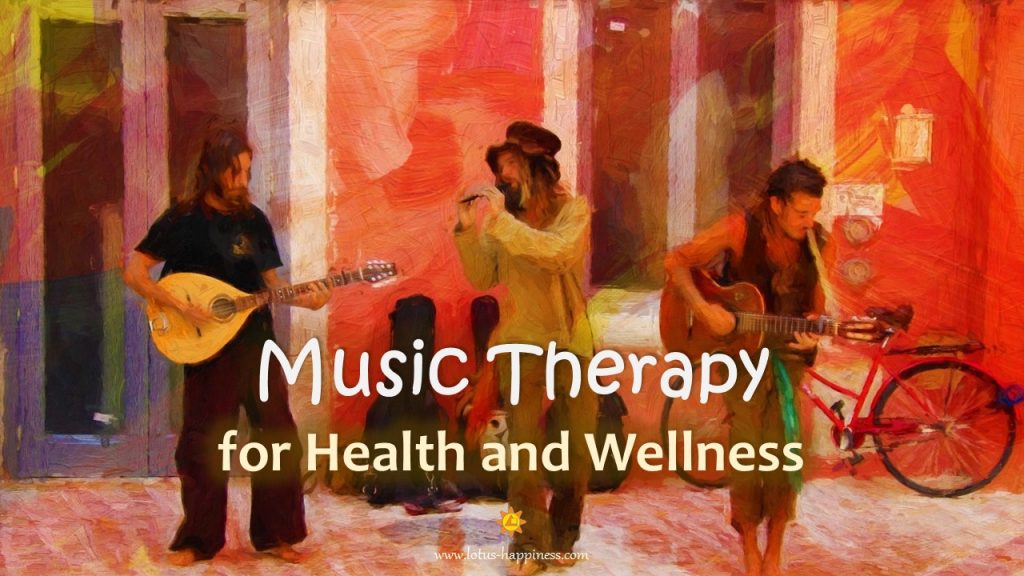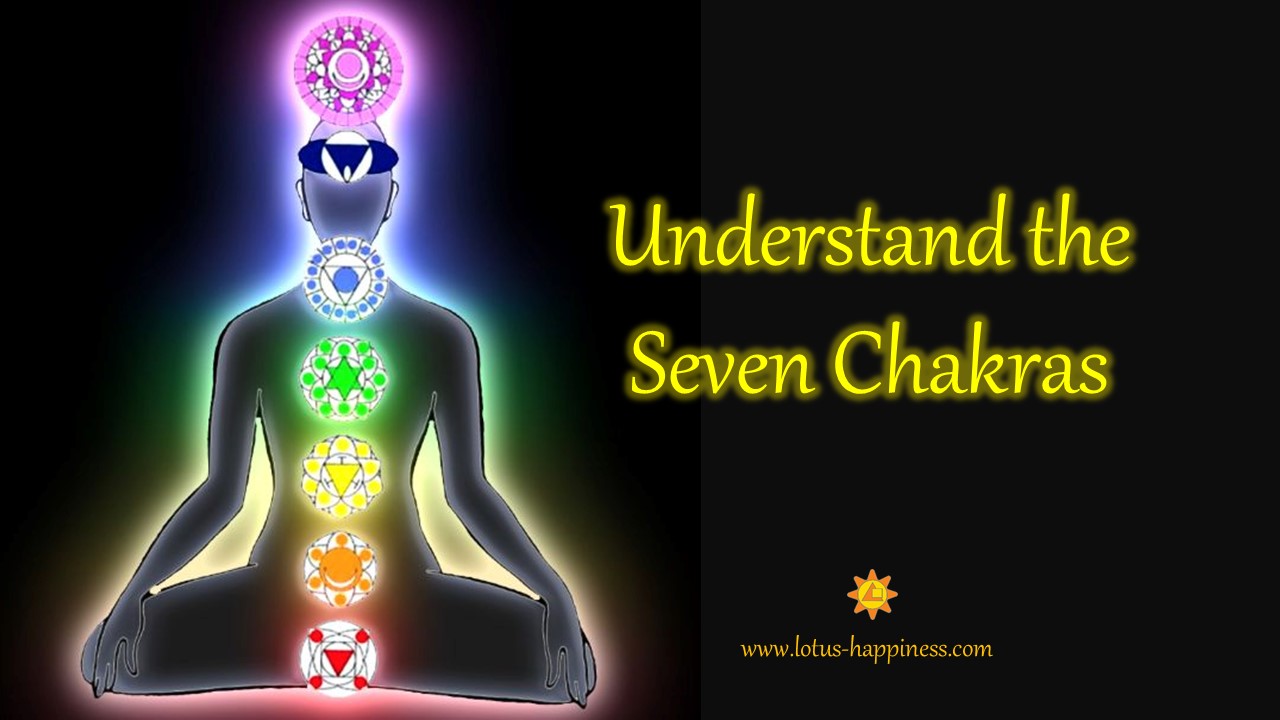
Catherine Ulbricht, Pharm.D., co-founder of Natural Standard Research Collaboration, and the Senior Attending Pharmacist at Massachusetts General Hospital shared about Music Therapy as one of the modalities for healing:
Being a pharmacist, you may think I would always suggest a bottle of something for what ails you. However, first and foremost, I believe in the “do no harm” motto when it comes to healthcare. To me, that means to first try the least invasive route to feeling your best as possible, like a stress-preventing measure, special diet, or exercise program before popping a “magic pill.” Lifestyle changes can help prevent adverse effects and interactions associated with some drugs, herbs, and supplements. It may be a cost-effective and comparatively safe addition to your health and wellness regimen. “Do no harm” to your pocketbook as well.
For most people, music is an important part of daily life. Some rely on music to get them through the morning commute, while others turn up a favorite playlist to stay pumped during a workout. Many folks even have the stereo on when they’re cooking a meal, taking a shower, or folding the laundry.
Music is often linked to mood. A certain song can make us feel happy, sad, energetic, or relaxed. Because music can have such an impact on a person’s mindset and well-being, it should come as no surprise that music therapy has been studied for use in managing numerous medical conditions.
All forms of music may have therapeutic effects, although music from one’s own culture may be most effective. In Chinese medical theory, the five internal organ and meridian systems are believed to have corresponding musical tones, which are used to encourage healing.
Types of music differ in the types of neurological stimulation they evoke. For example, classical music has been found to cause comfort and relaxation while rock music may lead to discomfort. Music may achieve its therapeutic effects in part by elevating the pain threshold.
Music may be used with guided imagery to produce altered states of consciousness that help uncover hidden emotional responses and stimulate creative insights. Music may also be used in the classroom to aid children in the development of reading and language skills. Receptive methods involve listening to and responding to live or recorded music. Discussion of their responses is believed to help people express themselves in socially accepted ways and to examine personal issues.
There is strong scientific evidence supporting the use of music therapy for mood enhancement and anxiety/stress relief, according to Natural Standard research.
Effectiveness:
Here are five other conditions for which music therapy has been studied, supported by good scientific evidence:
#1 – Autism
Autism is a brain disorder that is associated with a wide range of developmental problems, especially in communication and social interaction. According to the American Psychiatric Association, autism is classified as a type of autism spectrum disorder (ASD). These disorders are characterized by problems with communication, social interaction, as well as unusual, repetitive behaviors. Some professionals use a broader term, called pervasive development disorder (PDD), to describe autism. In addition to autism, there are four other disorders that qualify as PDDs: Asperger’s syndrome, childhood disintegrative disorder, pervasive developmental disorder-not otherwise specified (PDD-NOS), and Rett syndrome.
People who have autism spectrum disorders often show a heightened interest and response to music. This may aid in the teaching of verbal and nonverbal communication skills and in establishing normal developmental processes.
#2 – Dementia
Dementia refers to a loss of cognitive function (an intellectual process resulting in understanding, perception, or awareness of one’s thoughts and ideas). Dementia can be caused by changes in the brain such as those associated with disease or trauma. The changes may occur gradually or quickly. Cognition is the act or process of thinking, perceiving, and learning. Cognitive functions that may be affected by dementia include decision making, judgment, memory, spatial orientation, thinking, reasoning, and verbal communication. Dementia may also result in behavioral and personality changes, depending on the area(s) of the brain affected.
In older adults with Alzheimer’s, dementia, and other mental disorders, music therapy has been found to reduce aggressive or agitated behavior, reduce symptoms of dementia, improve mood, and improve cooperation with daily tasks, such as bathing. Music therapy may also decrease the risk of heart or brain diseases in elderly dementia patients.
#3 – Depression
Depression or depressive disorder is an illness that involves the body, mood, and thoughts. Depression is considered a mood disorder. Depression affects the way a person eats and sleeps, the way one feels about oneself, and the way one thinks about life situations. Unlike normal emotional experiences of sadness, loss, or passing mood states,depressive disorders are persistent and can significantly interfere with an individual’s thoughts, behavior, mood, activity, and physical health. According to the National Institute of Mental Health (NIMH), depressive disorders affect approximately 18.8 million American adults or about 9.5% of the U.S. population age 18 and older in a given year.
There is evidence that music therapy may increase responsiveness to antidepressant medications. In elderly adults with depression, a home-based program of music therapy may have long-lasting effects. In depressed adult women, music therapy may lead to reductions in heart rate, respiratory rate, blood pressure, and depressed mood. Music therapy may also be beneficial in depression following total knee replacement surgery or in patients undergoing hemodialysis.
#4 – Infant development
There is evidence that music played to the womb during late pregnancy may lead to children being more responsive to music after birth. Soothing music may help newborns be more relaxed and less agitated. Pre-term newborns exposed to music may have increased feeding rates, reduced days to discharge, increased weight gain, and increased tolerance of stimulation. They may also have reduced heart rates and a deeper sleep after therapy.
#5 – Sleep quality
Insomnia is difficulty in falling asleep, staying asleep, and waking up too early in the morning. It is a common health problem that can cause excessive daytime sleepiness and a lack of energy. Long-term insomnia can cause an individual to feel tired, depressed or irritable, have trouble paying attention, learning, and remembering, and not be able to perform fully on the job or at school. Severe insomnia can result in neurochemical (brain chemical) changes that may cause problems such as depression and anxiety, further complicating the insomnia.
In older adults, music may result in significantly better sleep quality as well as longer sleep duration, greater sleep efficiency, shorter time needed to fall asleep, less sleep disturbance, and less daytime dysfunction. There is also evidence of benefit in elementary-age children or stable preterm infants. Music therapy may also be as effective as chloral hydrate in inducing sleep or sedation in children undergoing EEG testing.
Safety:
Just as certain music can help induce relaxation and peaceful states, other music may cause agitation. There is evidence that music that reflects the listener’s personal preference is more likely to have desired effects. It is possible that music through headphones during medical procedures could interfere with the patient’s cooperation with the procedures. Also, listening to music at high volumes may damage the ears and lead to hearing loss.
Music should not be used as the sole treatment for potentially dangerous medical or psychiatric conditions. Use is not recommended in those who do not like music therapy as this may result in agitation or stress.
As always, please consult a doctor or pharmacist before trying any new complementary or alternative therapies. Talking to a medical professional may help you choose the most effective treatment to suit your needs.
Source: Psychology Today











